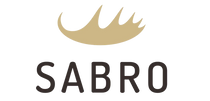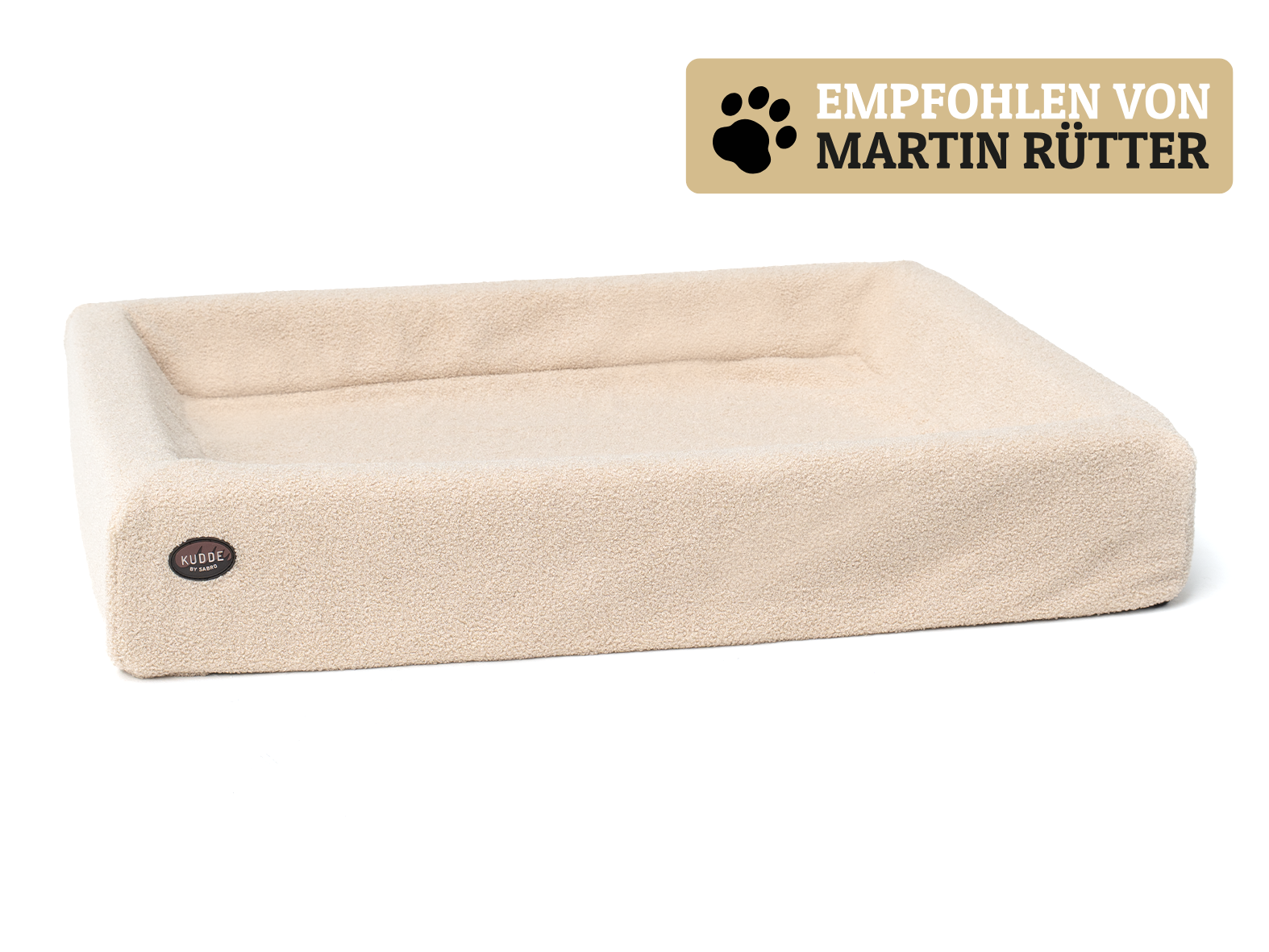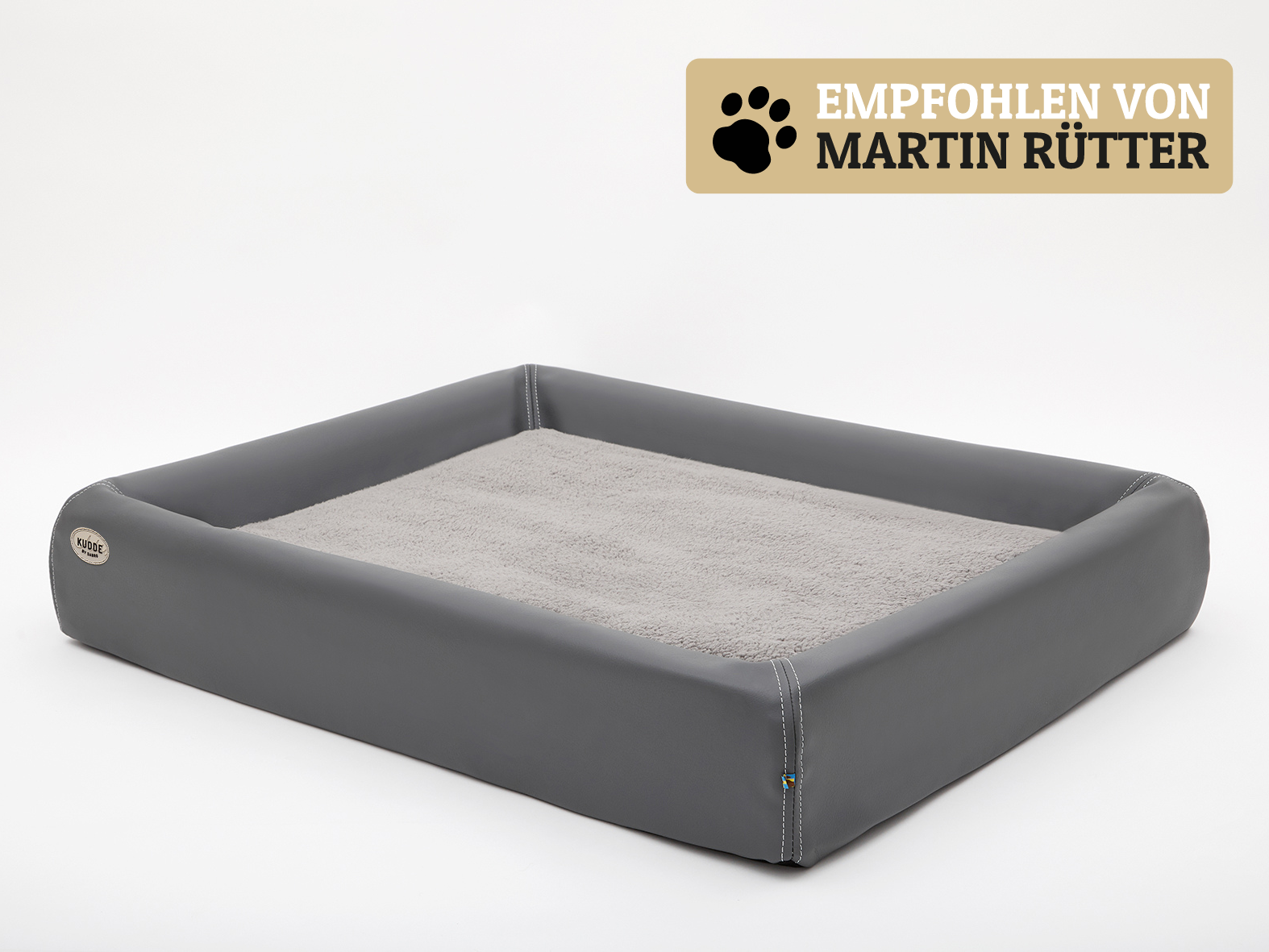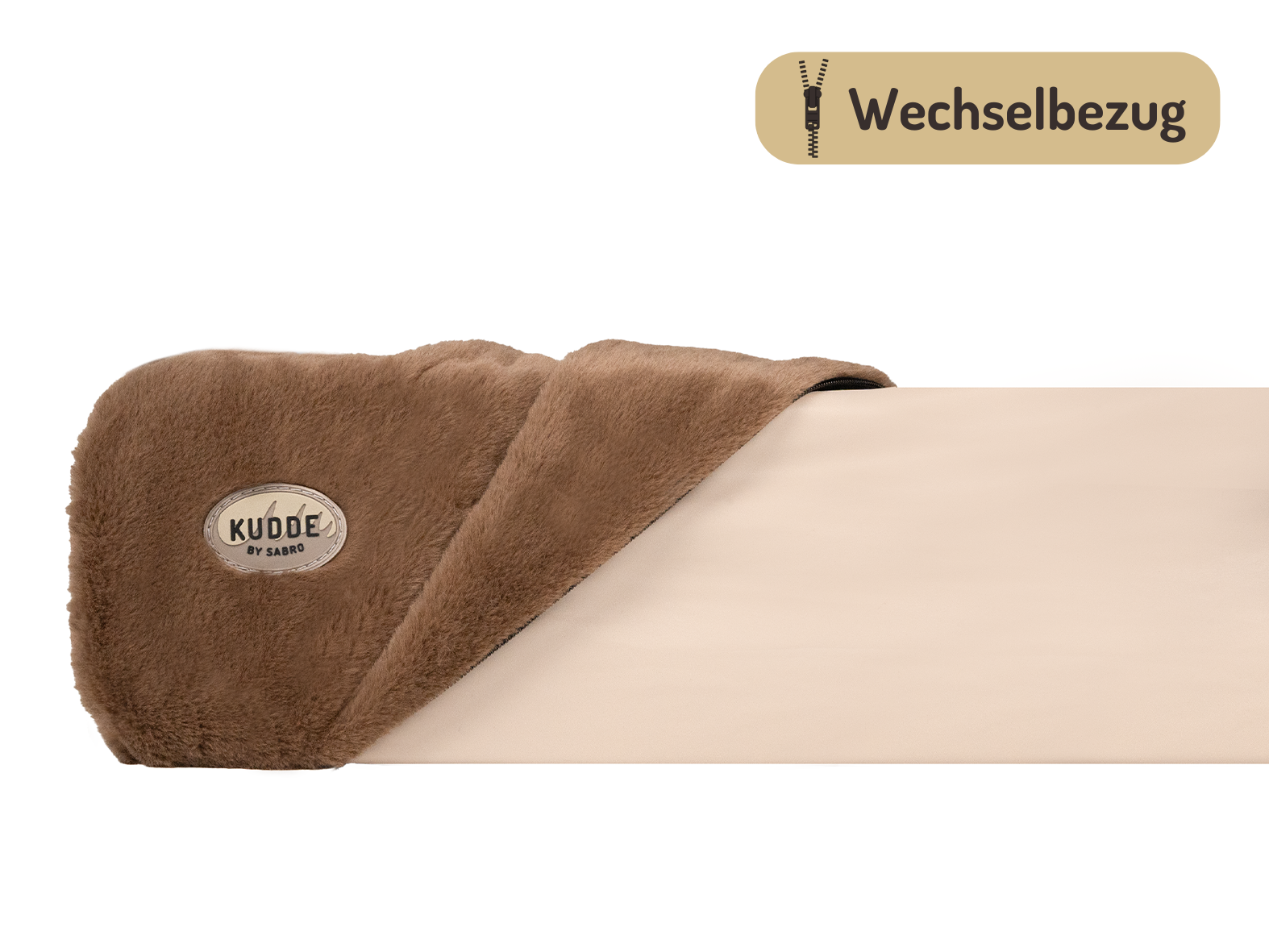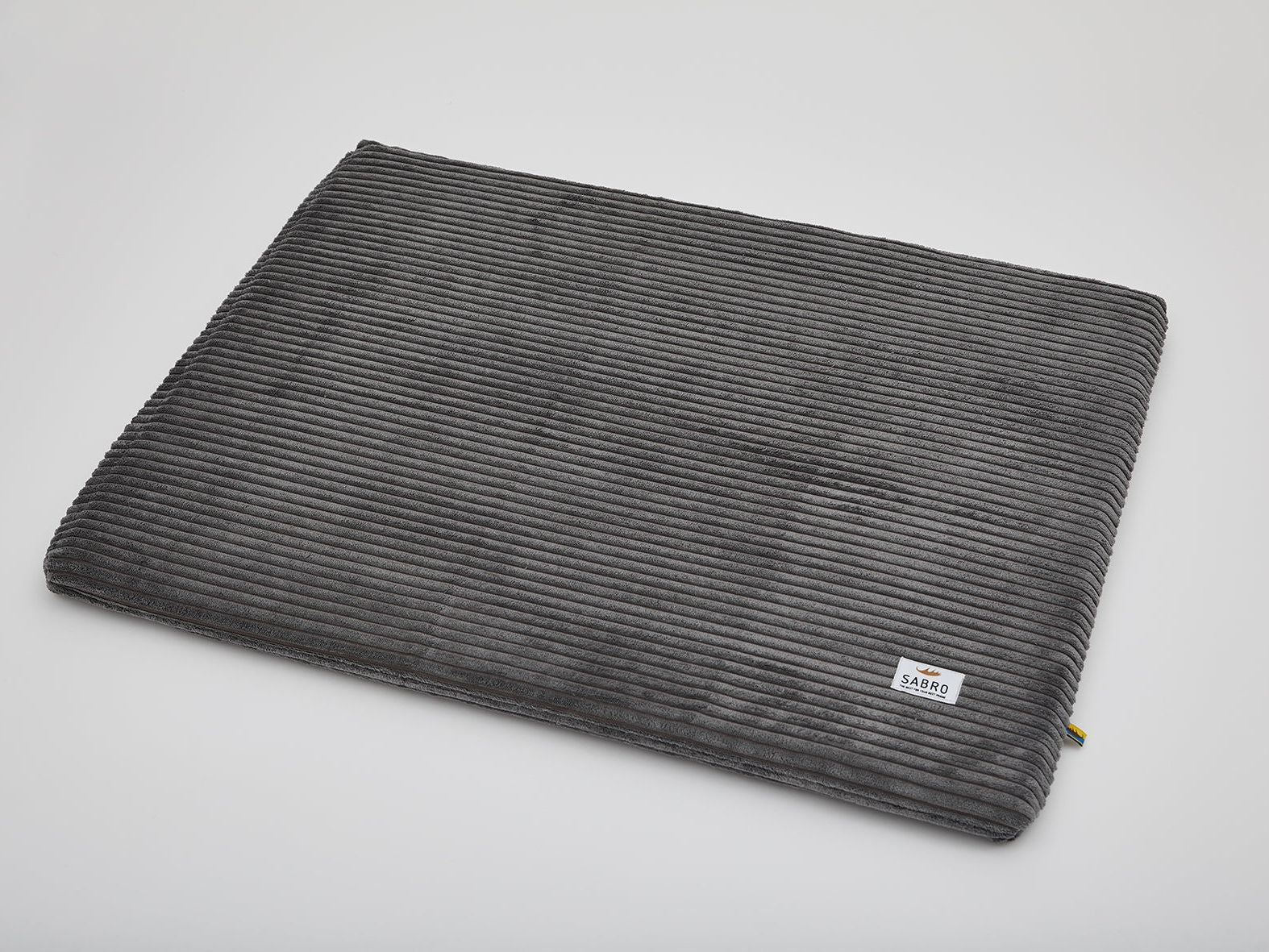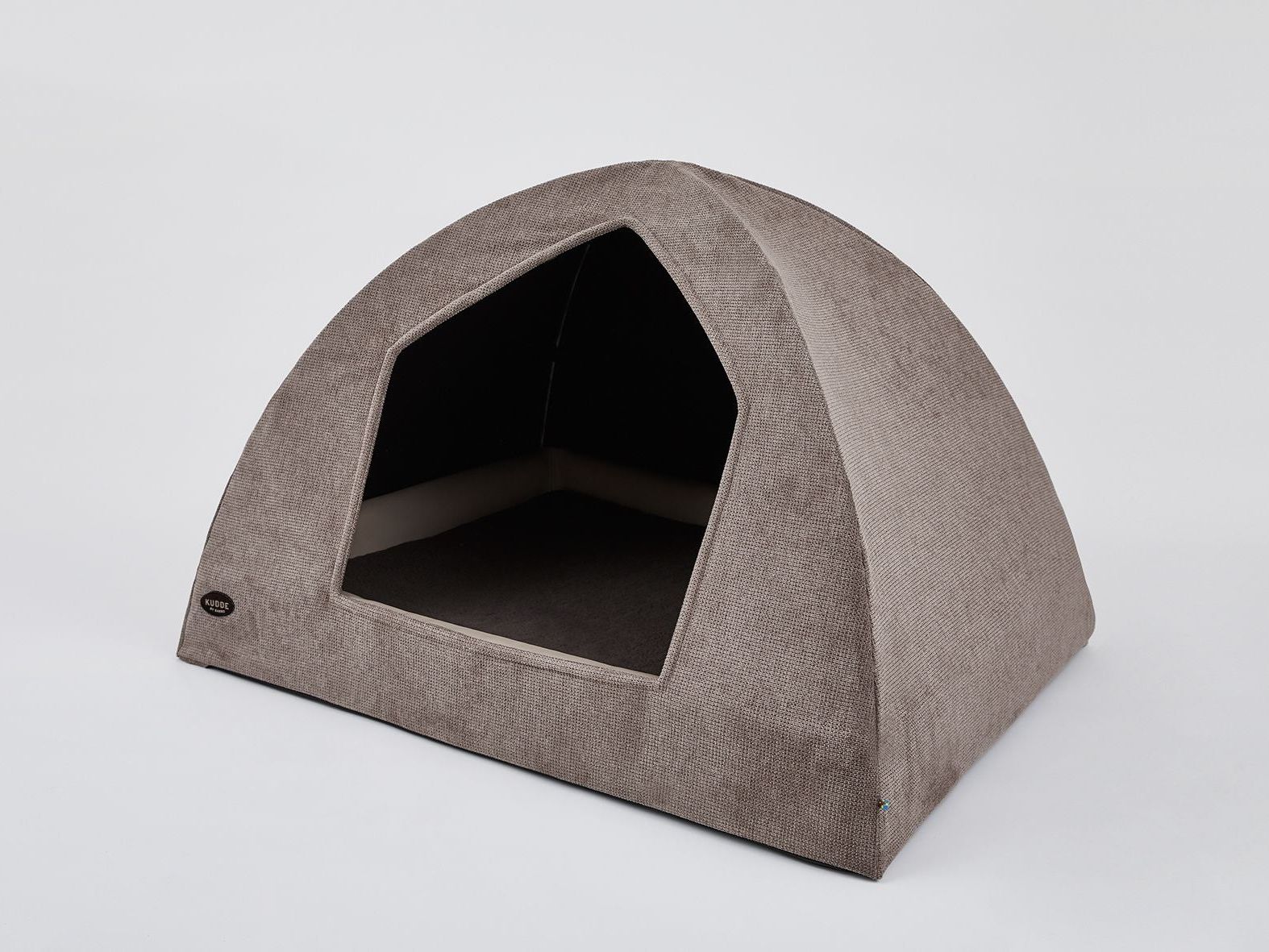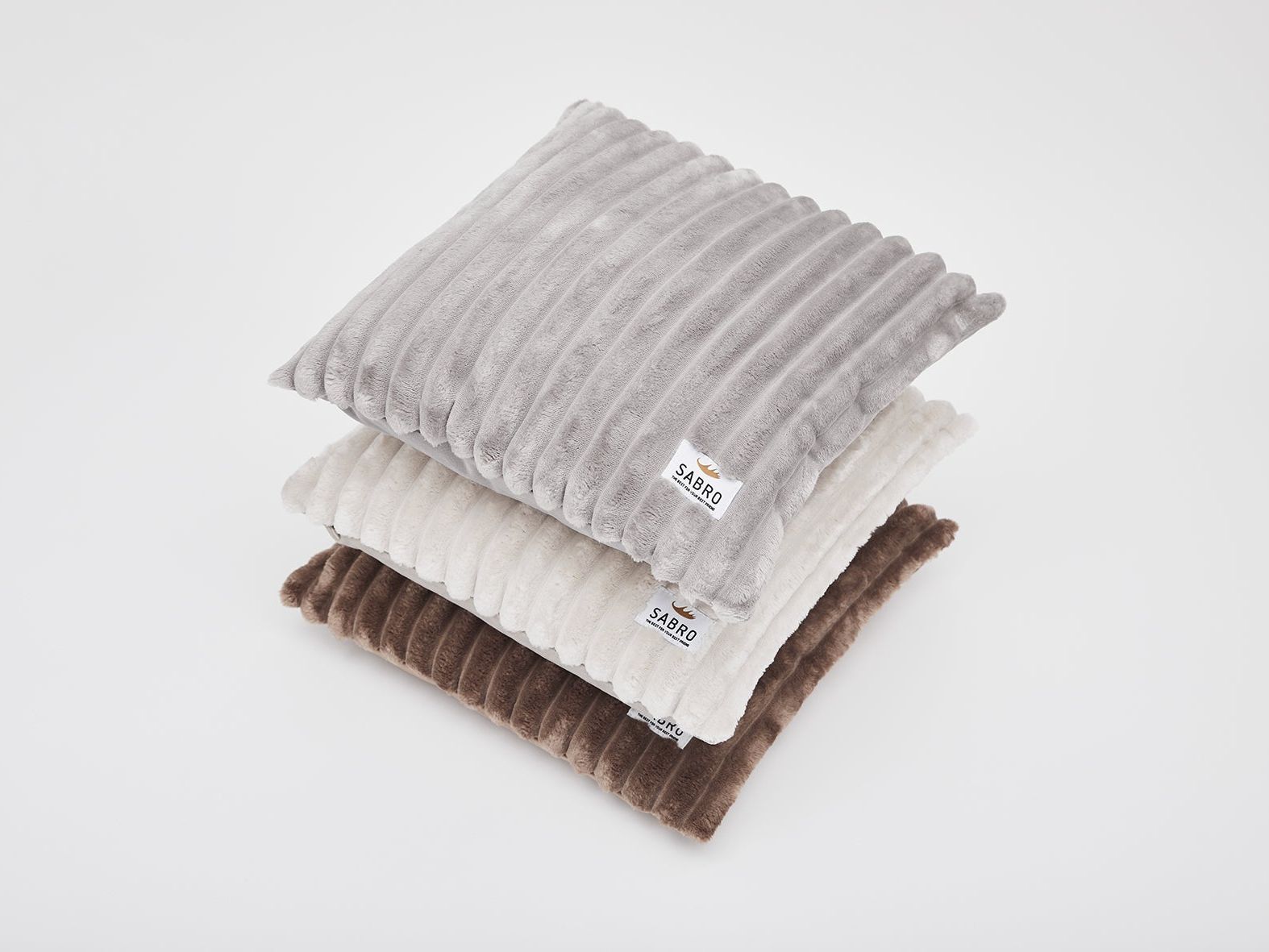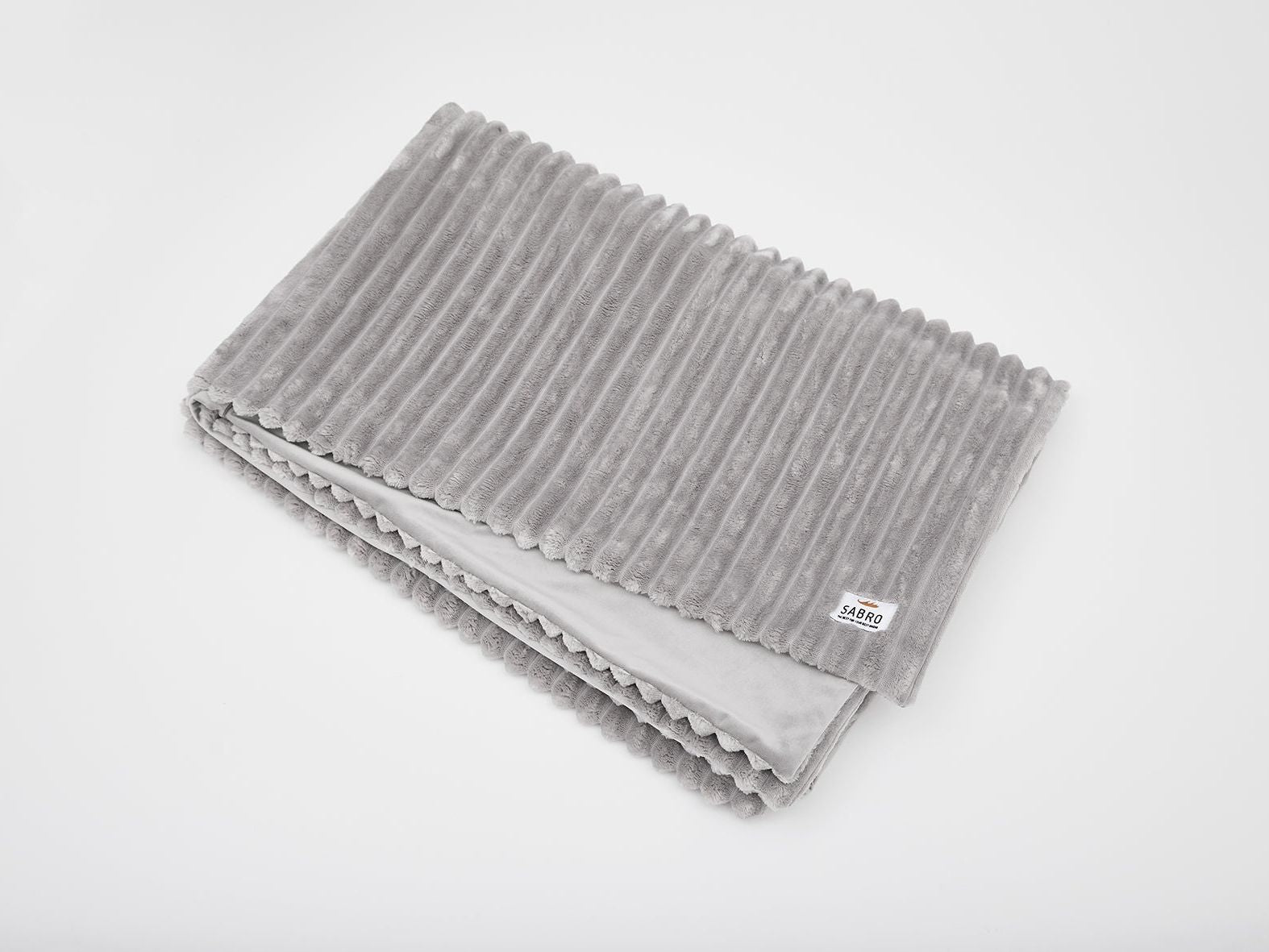Depending on which dog breed you have chosen, your dog will have more or less fur. However, grooming is necessary for all breeds. We are always receiving questions about grooming. Classic questions: Can my dog have a bath without worrying? Do I use shampoo for this, and if so, which one? How do I deal with matted fur on long-haired breeds? Which brush is ideal for my dog? And when should I go to the groomer? We have compiled our tips from our experience in this guide to dog fur.
What is the function of a dog's coat or skin?
Dog skin is a natural barrier against intruders such as bacteria, viruses etc. and protects your dog's body from allergic reactions or infections. The skin produces sebum, for example, for this purpose. However, the dog's skin also needs additional protection, the dog coat. Just like our human hair, your dog's coat is important for regulating skin function in relation to moisture, cold, strong sunlight (yes, even dogs can get sunburnt) or to minimize abrasions and other injuries when running through bushes and undergrowth.
Speaking of which, wolves don't need grooming because they squeeze through bushes and scratch trees. Our domestic dogs don't, so it's part of our job as dog owners to groom them regularly. By the way: in the wild, animals also clean each other, so your dog recognizes how much you love him. Another advantage: you can also recognize and react to wounds or parasites at an early stage.
What many people forget: a good dog coat also depends on the right food. You should therefore feed your four-legged friend according to his needs and not just fob him off with dry food from the discount store. Fatty acids such as omega-3 and omega-6 are important as they support healthy coat growth and provide shine.
There are these coat types in dogs
With more than 300 different dog breeds, there are now all coat types. Here we take a look at the most important coat types and give you some tips on coat care:
Coat type: Stockhair - short to long
- Typical breeds: German Shepherd, Spitz, Labrador Retriever
- Characteristics: wolves also have this original dog coat, with a lot of undercoat in addition to the top coat
- Coat care: when the coat changes in spring and fall, a lot of grooming is necessary(preferably daily), in the time in between depending on the length of the hair: short stick hair is up to about four centimeters long and needs the dog brush about once a week, up to ten centimeters long stick hair once or twice a week.
Coat type: Shorthair / Smoothhair
- Typical breeds: Boxer, Pinscher, Dalamatiner, Rhodesian Ridgeback, Beagle
- Characteristics: very smooth coat, hardly any undercoat
- Coat care: relaxed, as there is a lot of top coat, these dogs need relatively little care, brushing once a week is usually enough.
Coat type: Longhair
- Typical breeds: Bobtail, Tibetan Terrier, Briard, Bearded Collie
- Characteristics: long hair with little or a lot of undercoat, top coat and undercoat are often the same length and difficult to distinguish
- Coat care: as with us humans, long hair requires more effort in terms of grooming, and a distinction is also made between dogs with little and a lot of undercoat. Breeds with little undercoat are easier to care for and breeds with a lot of undercoat, such as the bobtail, need at least one hour of grooming every week, preferably spread over several days, as this can quickly lead to matting. Important: Only trim the undercoat with scissors to avoid severe tangling.
Coat type: Wavy hair
- Typical breeds: Poodle and Poodle mixes, Barbet, Bichon, Bedlington Terrier
- Characteristics: mostly curly coat with little soft undercoat
- Coat care: as wavy-haired breeds do not shed their coats, you need to use scissors yourself and brush them regularly, preferably daily, to avoid matting. Important: don't forget the ears, hair in the ear canals must also be removed regularly.
Coat type: Wirehair / Rough coat
- Typical breeds: many terriers, schnauzers, rough-haired dachshunds
- Characteristics: firm, water-repellent coat with a lot of undercoat
- Coat care: as the top coat of wire-haired breeds does not shed on its own, regular trimming is necessary in addition to brushing and combing once a week.
Brushing your dog: how, with what and how often?
Brushing your dog should be a standard routine that you carry out regularly. Brushing removes dead hair and dirt. The result: your dog's coat not only shines more beautifully again, you also promote your dog's blood circulation and protect him from itching, the skin can breathe and regulate the body temperature better again. So you can do something for your dog's appearance and hygiene by simply brushing it out.
Many people ask themselves: How do I get my dog used to being combed regularly? The best way to do this is usually to do it playfully from puppyhood onwards, proceeding both gently and quickly. Dogs don't usually have much patience and will always find something to distract them. It may take some time, but after a while you'll get the hang of it that suits you both. There are also many dogs that enjoy being brushed like being stroked.
A dog-friendly brush is important. If brushing is more of a battle with your dog, you can also use a coat spray such as Biodor Animal Care Spray in between. This cleans the coat without the need for water by simply spraying it on and effectively masks bad odors.
Groomer: yes or no?
In most cases, you can take care of your dog's coat yourself. After all, you know him best. However, there are times when good advice is needed. Trained dog groomers can give you professional advice and have access to special products. They are also often the ideal people to show you the right way to bathe, trim and clip your dog's coat. When it comes to trimming and clipping in particular, many dog owners make small mistakes that can be avoided.
Bathing your dog: whenever necessary
Opinions differ here. The fact is: if your dog has rolled around in smelly things, you can't avoid bathing him. However, bear in mind that bathing your dog too often can cause skin irritation, so the rule of thumb is to bathe your dog no more than once a week. Normal dirt can usually be brushed off easily, especially before bathing. When it comes to bathing your dog, be sure to use a special dog shampoo. Only this is adapted to the pH value of the dog's skin; even pH-neutral shampoos, which you may use yourself, are absolutely taboo for your dog. A good dog shampoo is also free from silicones, parabens and SLS.
Pro tip: use a mat when bathing in the bathtub to prevent your dog from slipping and injuring himself. Also important: rinse the shampoo out completely, residues can irritate the skin and cause unpleasant itching, no matter how good the shampoo is. And eyes, nose and mouth should never come into contact with the shampoo.
What breed of dog do you have at home? And how often and with what do you groom your four-legged friend? Let us know in the comments.
